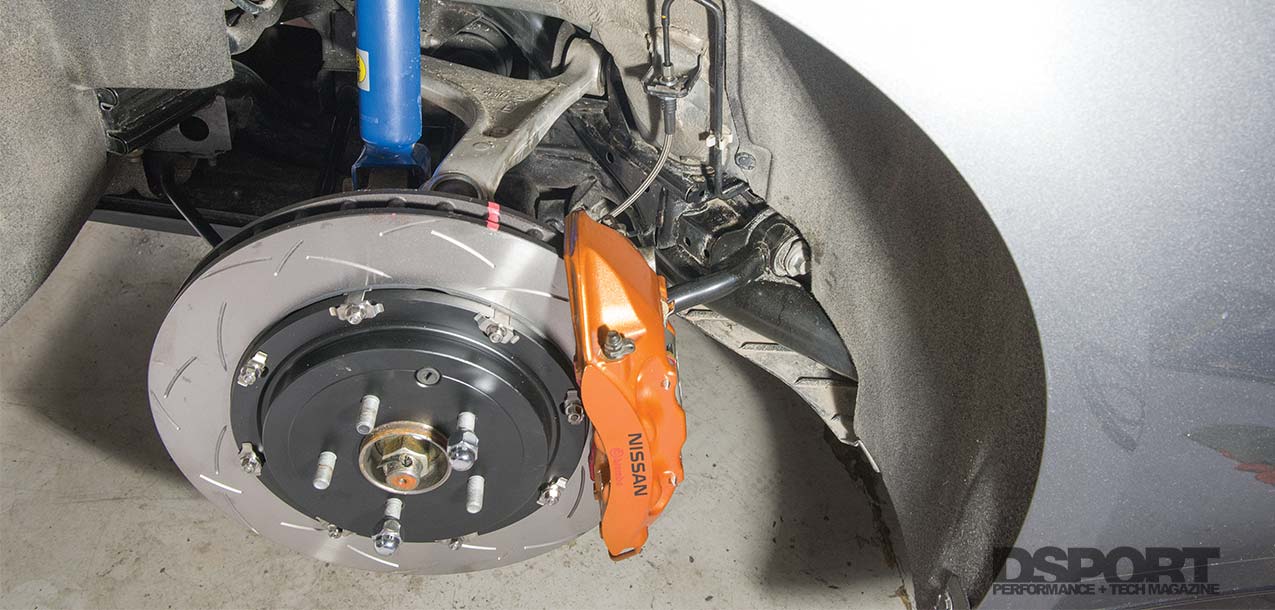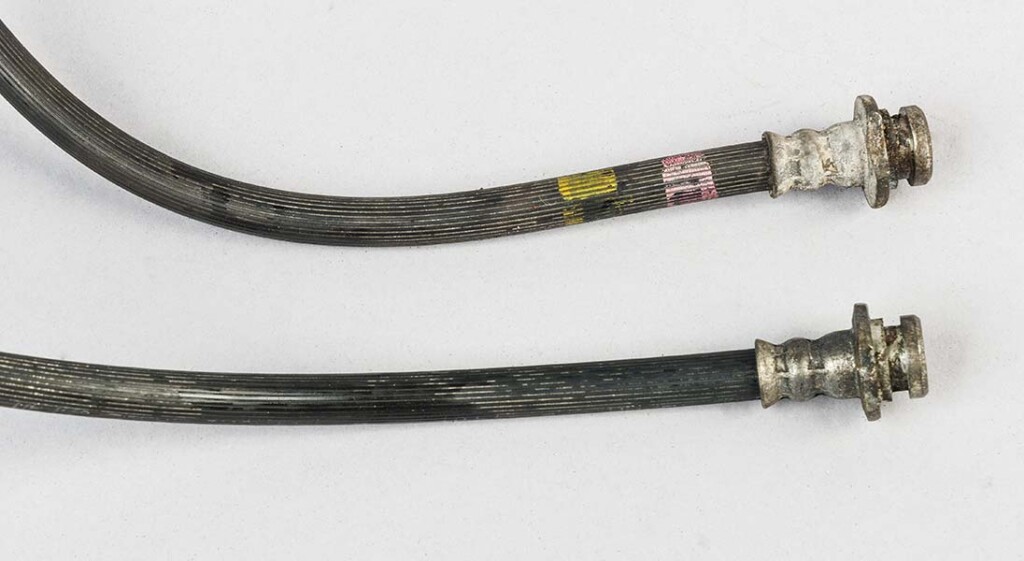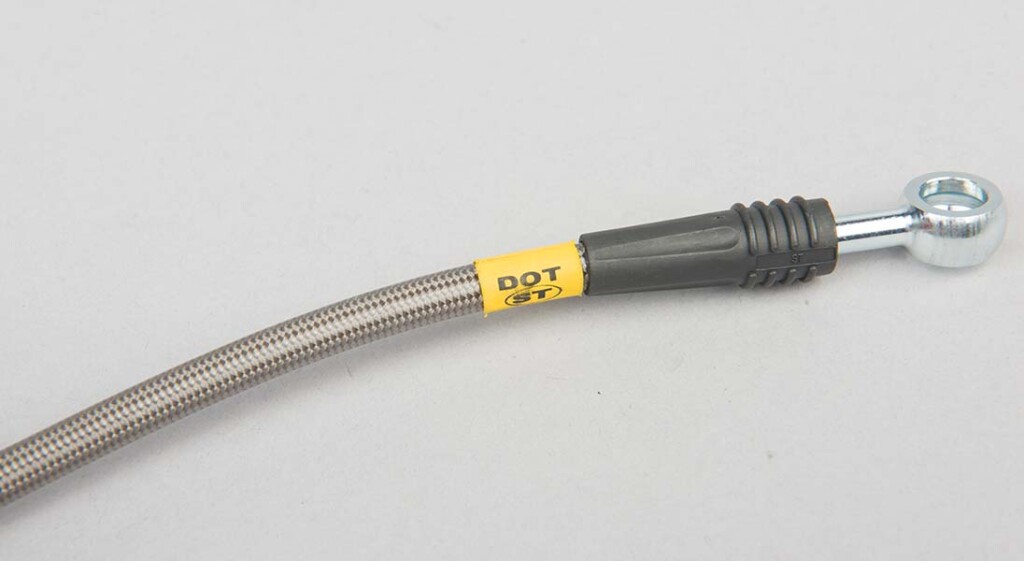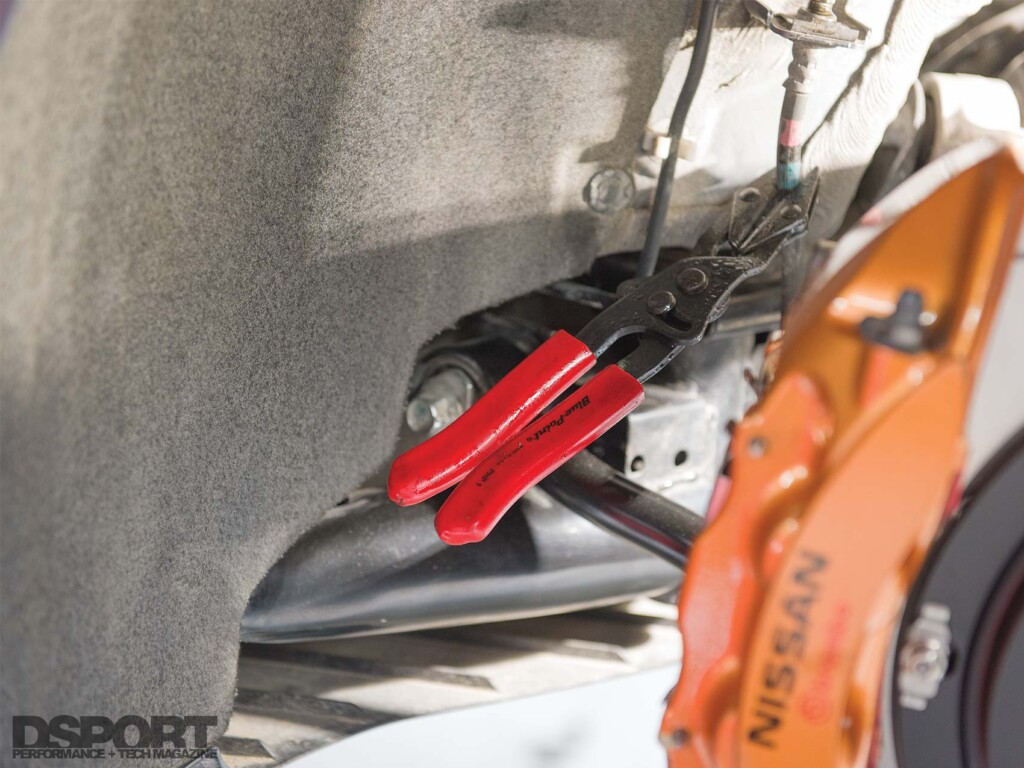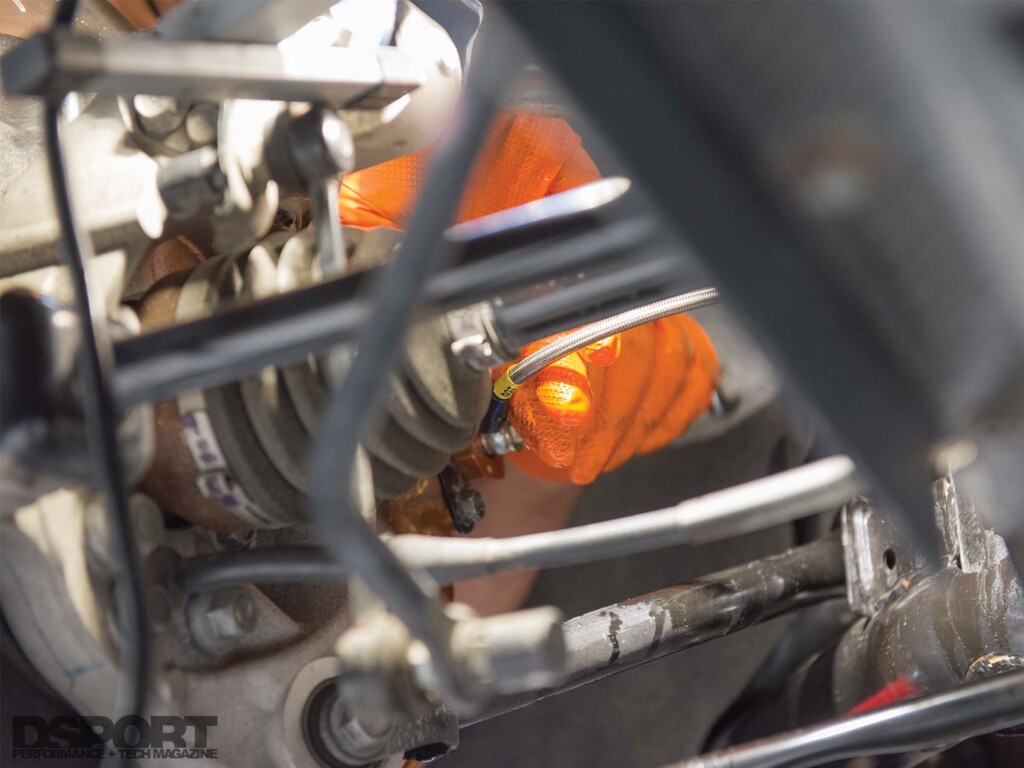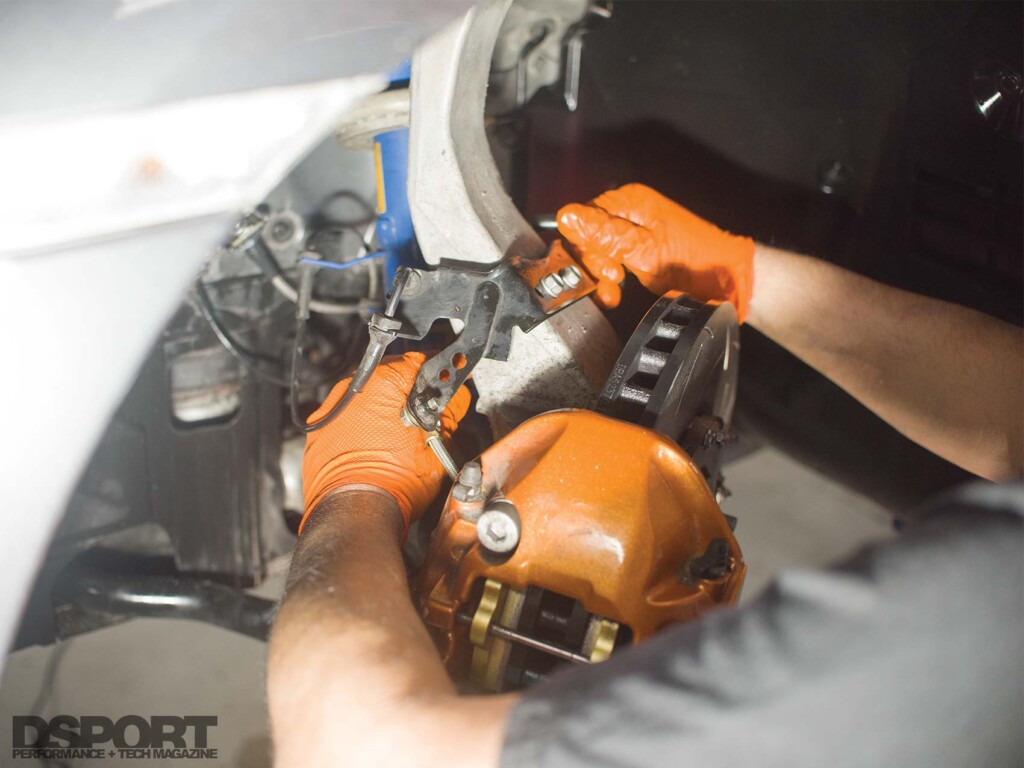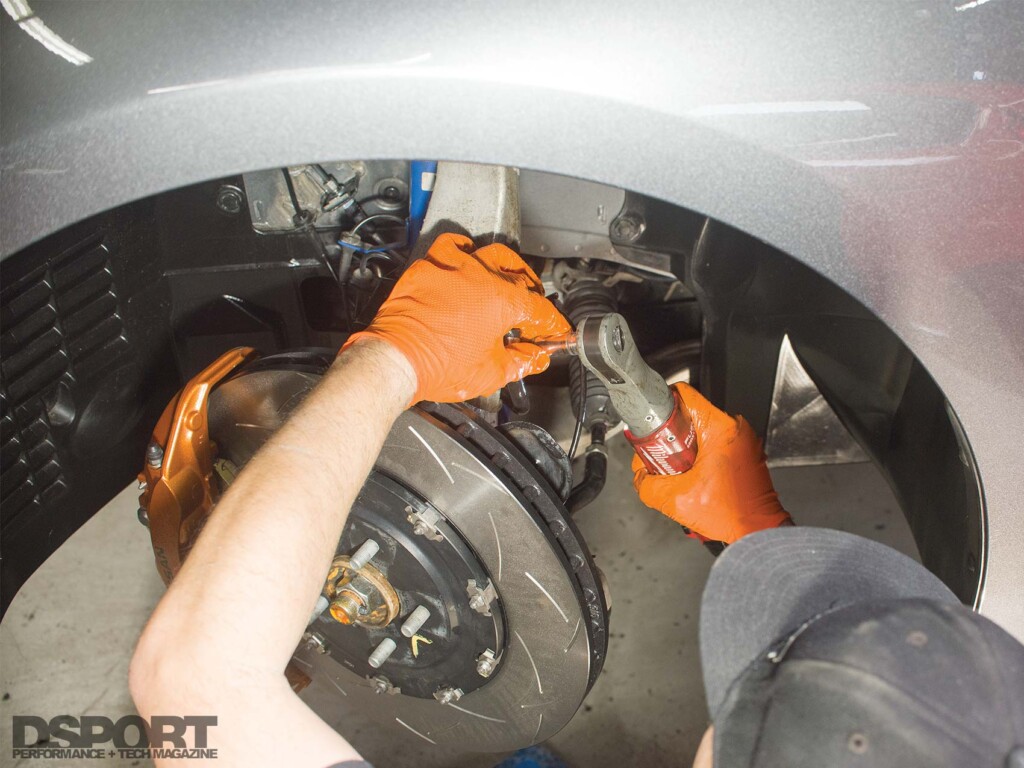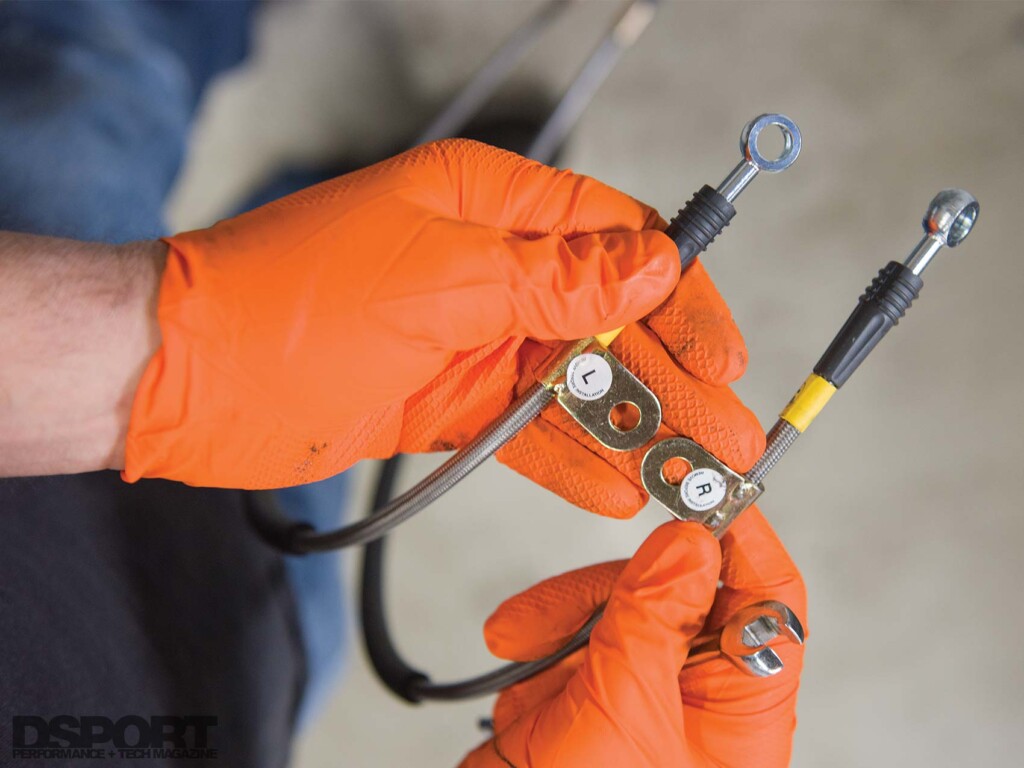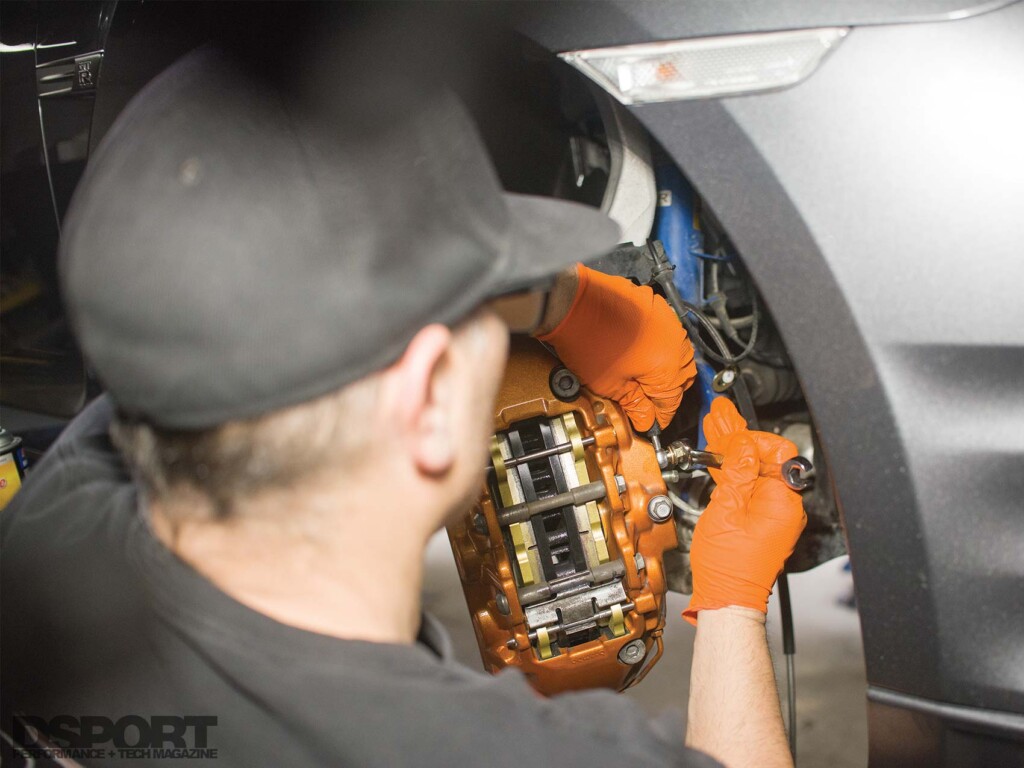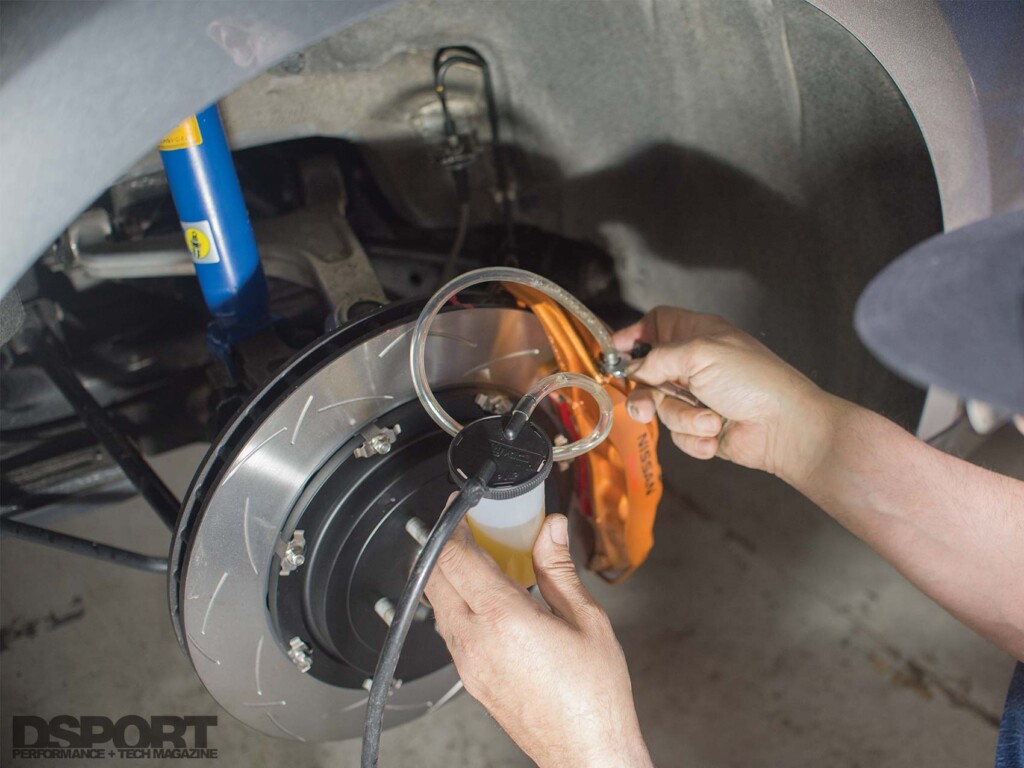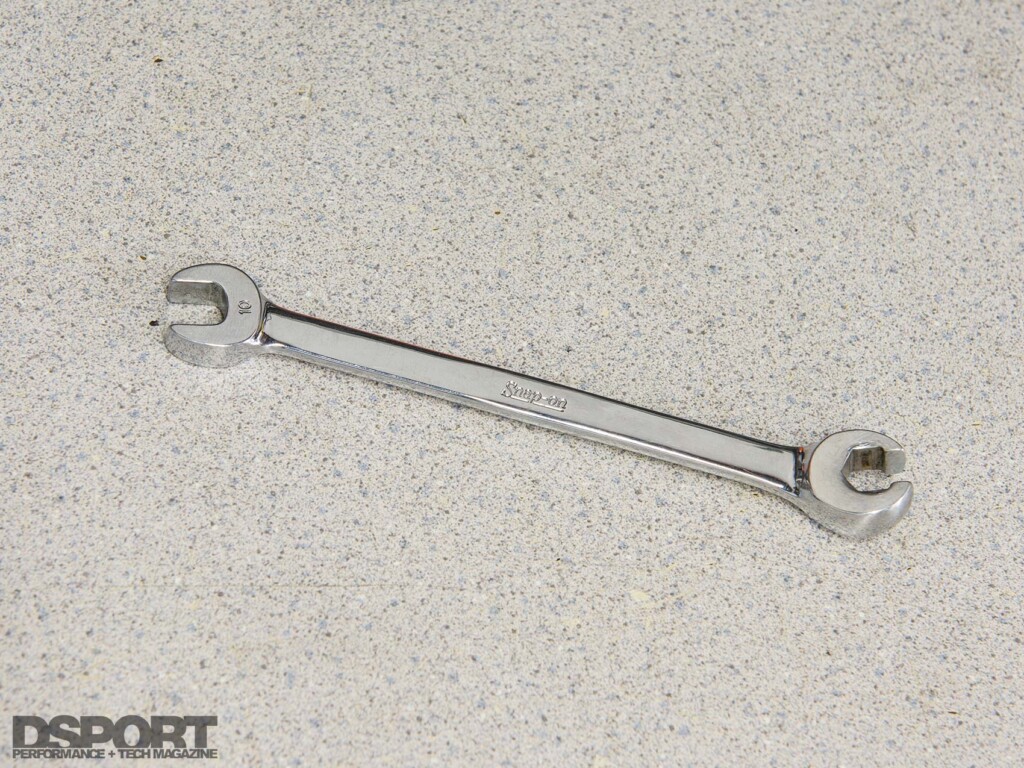Saving $10 or $20 on a part or two may not sound like a big deal. However, if you could save an average of $10 on 20 different parts then that adds up to $200. Now, if you could save that $200 on 500,000 occasions, you would save 100 million dollars. This is the economic reality faced by high-volume car manufacturers. It is also the reason why even the top-line vehicles built don’t always use the best components available. Vehicle manufacturers select the least expensive solution to reach the minimum performance goals set to end up with a more affordable vehicle that can be more profitable. Remember, not everyone is a car enthusiasts, or the Prius and similar commuter solutions wouldn’t sell. But for those that love their cars, there are many opportunities to use superior parts that deliver better performance, increased reliability without any sacrifice besides a slightly higher cost. One of the most affordable and universally-appreciated upgrades that can be made are a set of stainless-steel, high-performance brake lines.
Text by Bassem Girgis // Photos by Joe Singleton
DSPORT Issue #231
The OEM rubber flexible brake lines tend to break down over time due to exposure to the elements.
Rubber Brake Lines
The majority of a vehicle’s brake lines are metal lines often referred to as “hard lines.” These are usually made from a corrosion-resistance coated steel that survives nearly all environments. In addition to the hard line, a soft or flexible line is also used in the brake system. For cars with independent rear suspension, there is usually at least one flexible brake line at each of the calipers on the vehicle. These lines need to be flexible as they are attached to a caliper that is moving up and down on the suspension. The flexible or soft lines are made out of a rubber or polymer that features some type of internal fabric braiding to be able to handle the high pressures encountered in the brake’s hydraulic system. Since rubbers and many polymers tend to degrade over time, an OEM brake hose will likely fail at some point and begin to leak. The harsher the environment, the shorter the life of the OEM brake hose. OEM brake hoses should be inspected for cracking and leaks and may require replacement every six years. In addition to the environmental attacks on the outside rubber by the environment, few people change the brake fluid on a regular basis. As a result, the brake fluid on the inside is also attacking the rubber at the same time.
Flexible lines are used on brake systems to allow for the movement of the caliper on the suspension.
Stainless Steel Brake Lines
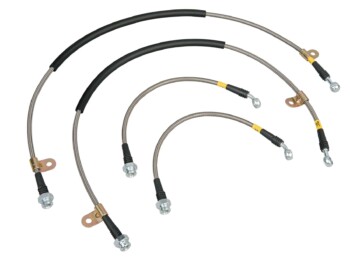 Stainless steel brake lines offer the best of all worlds in terms of durability, performance, and flexibility. On the inside, a Teflon or PTFE liner material is used. PTFE offers very good flexibility and excellent chemical resistance. Brake fluid doesn’t react with the PTFE so there is no breakdown of this inner liner by the fluid. This PTFE line is wrapped in stainless-steel braid to give it a higher pressure rating. This stainless-steel braid increases the safe operating range for the flexible hose into the thousands of psi range. Since it is stainless-steel, it is more resistant to corrosion from the elements. To extend the life of the stainless-steel brake lines ever further, most have a third layer featuring a silicone based coating. This silicone coating keeps the stainless-steel layer and PTFE inner liner from exposure to the elements while also providing an exterior that is very resistant to the elements. When you consider the overall construction, the right materials and processes are used to produce a part that should last the life of the vehicle.
Stainless steel brake lines offer the best of all worlds in terms of durability, performance, and flexibility. On the inside, a Teflon or PTFE liner material is used. PTFE offers very good flexibility and excellent chemical resistance. Brake fluid doesn’t react with the PTFE so there is no breakdown of this inner liner by the fluid. This PTFE line is wrapped in stainless-steel braid to give it a higher pressure rating. This stainless-steel braid increases the safe operating range for the flexible hose into the thousands of psi range. Since it is stainless-steel, it is more resistant to corrosion from the elements. To extend the life of the stainless-steel brake lines ever further, most have a third layer featuring a silicone based coating. This silicone coating keeps the stainless-steel layer and PTFE inner liner from exposure to the elements while also providing an exterior that is very resistant to the elements. When you consider the overall construction, the right materials and processes are used to produce a part that should last the life of the vehicle.
The STOPTECH lines uses a banjo type connection to the caliper. Be sure to use the supplied crush washers and banjo bolt.
In addition to extended life, a quality set of high-performance, stainless-steel brake lines will also improve pedal feel. While OEM rubber brake lines expand slightly when the brake pedal is pushed, stainless-steel brake lines have little, if any, expansion. As a result, the “mush” that is normally felt on most OEM brake systems in the first few inches of pedal travel is removed. With a quality set of high-performance, stainless-steel brake lines in place, the brake pedal loses the mushy feel and instead has a firm and responsive feel. The difference in brake pedal feel is exaggerated under extreme circumstances like tracking the vehicle.
The Test Bed
We recently received a 2014 R35 GT-R in for a service as an employee family member favor. This extended family member purchased the GT-R from an out-of-state dealer and took it to a local dealer for a service inspection. The dealer inspection resulted in the $10,000 brake job estimate that many forum threads have reported. We sourced upgraded aftermarket parts and helped out our extended family member saving them about $7,000 off the estimate. Instead of just replacing components, we upgraded. While the OEM flexible rubber brake lines were in good condition considering the age, we spent less than the cost of OEM rubber lines to put a set of STOPTECH stainless-steel brake lines in place.
Using hose pinch pliers can limit the amount of fluid that gets spilled in the install process.
The rear lines for the R35 are also very similar between the OEM and aftermarket. Simply route the new line like OEM.
The most difficult part of the installation is finding the ideal route and position of the front brake lines.
Only after the routing of the new front brake line is confirmed to not scrape against anything should you tighten.
The rear lines for the R35 are very similar between the OEM and aftermarket. Simply route new the line like OEM.
The front brake lines are very different in appearance from the OEM and are labeled “L” and “R” for proper position.
Keeping the banjo loose while you are trying different routes helps. Tighten using a flare wrench only when routing is finalized.
While one-man bleeders and speed bleeders work some of the time, an extra person on the pedal never fails when bleeding brakes.
The Install
Installation of an aftermarket, high-performance stainless-steel brake line set is realtively easy, a bit messy and will require the aid of an assistant for the brake bleeding portion of the install. The STOPTECH lines did not come with any instructions and they look considerably different than the OEM lines. However, when installed properly, the lines fit extremely well. The installation can be performed with basic hand tools and a couple flare wrenches. By doing the removal of the old lines and installation of the new lines in the proper order, a minimum amount of bleeding will need to be done after all of the new lines are installed.
A set of combination wrenches that are flare on one side and smooth open end on the other side are ideal for brake lines. The flare side grips the hex nut on four sides reducing the likelihood of rounding the edges. Once the nut is loosed with the flare side, the open end side can work faster to finish the job.
This is how we ended up routing the front brake lines on the R35. We verified a good position by checking for interference at both steering extremes.
The Bottom Line
There are few performance upgrades that are the same cost as OEM replacement parts, deliver improved performance and do not require any compromises. Upgrading to a set of high-performance stainless-steel brake lines hits all those marks. This upgrade replaces a factory component with a superior product that will last considerably longer and a price that is the same. This upgrade improves the pedal feel of the vehicle making the vehicle more responsive and there are no compromises made that negatively impact the driving experience.


